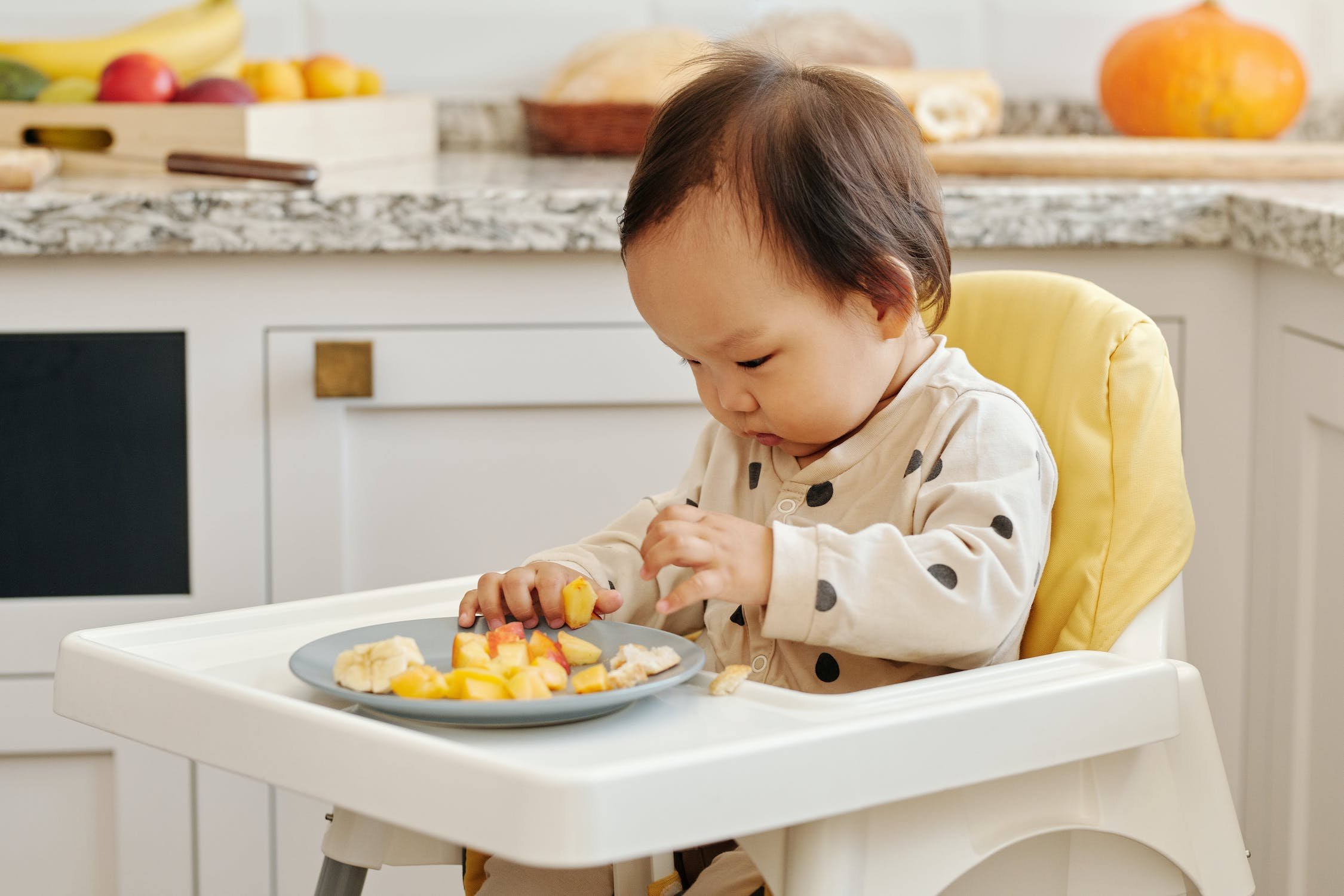5 Easy And Safe Methods That Will Help Your Baby To Eat Independently
As you slowly teach children how to eat solids, you’re likely ready to teach your kid how to self-feed. Having your baby eat independently can save you a lot of time while they learn to work on their other motor skills. There are many ways to help your baby self-feed, including assisting them using their fingers.
What are easy and safe ways to help your kid independently? What are the best foods that your kid can eat by themselves? Here are five tips that can help give you what you need.
Picking Traditional Baby Food vs. Baby-Led Weaning
Before finding the easiest and safest methods to help your baby, you need to pick which route you want to follow. Traditional baby food or baby-led weaning offers two different paths down the road. You’d still need to use a comfortable and safe high chair regardless so you can maximize the advantages of either.
For starters, each route has several advantages that you may want. Baby food, for example, informs you how much your baby is eating. You control the pace and rate of their meals, together with what goes into their mouth. It’s also more hygienic and much less messy than baby-led weaning.
Another good advantage of baby food is adding the ingredients you want, including high-fiber ingredients and greens. You could also use jars and pouches for travel, so you can easily feed them anywhere you go.
Baby-led weaning has different advantages, including saving you time as you don’t have to prep baby food and purees. It’s primarily easy to prep because it’s handheld food for babies while you encourage better motor skills and independence. It also affords you to share mealtime with your baby as they eat by themselves.
Set The Feeding Area Properly
As you work with your child to learn how to feed themselves, you’ll need to set up their feeding area properly. The last thing you want is a cluttered and unsafe place for them to explore.
First off, leave enough space for your little one to move about. It’s best to have plenty of space to explore freely, especially at their crawling and standing stages. Give enough room for the chair so they can also move around.
A comfortable and secure seating position keeps kids safe in their chairs. It prevents them from slipping and falling over, and it keeps them seated as they work on controlling their bodies.
Encourage Hand Feeding
Many parents resort to spoon-feeding their babies until they know enough. This can be dangerous because you’re not teaching your kids how to feed themselves. They could end up swallowing too much and choking.
To avoid this, you should allow babies to self-feed. Encourage them to use their little hands to pick up their food and bite it. This gives them more control over their meals and allows them to explore new sensations.
Start by placing their food on a plate and encourage them to pick it up with their hands. Give them time to adjust and try it. You can teach them to spread their little fingers apart and grip the food.
Offer Plenty Of Practice Time Self-Feeding
There’s no better way to learn how to do something than practice. You can take this to your children too with the way they learn. You can prepare several plates of food and put them in front of your young one. Offer them enough time and opportunities to pick their food, place it in their mouths, and chew it.
Don’t expect them to learn in one day. They need lots of opportunities to test and practice on their own. You can start by encouraging them to put one finger on their food and hold it in their mouths.
You could let them hold a finger or two on their plate and have them move the fingers back and forth. Once they get used to it, you could introduce them to picking up single pieces of solid. Once they get good at it, reward them. You can give them a favorite toy or their favorite snack.
Introduce Fingers To Finer Pieces
Once they can multitask and manage most of their foods, you can gradually start introducing them to more delicate bits of soft fruits. Fruits like bananas and avocado are soft, pliable, and easy to handle. You can cut them into small bits and put them on a spoon. Let them try dipping their index fingers in them.
Once they master how to pick up the big shapes and hold them in their teeth, you can try giving them some more fine and thinner shapes. You can present these in chunks or whole so they can work on their coordination.
You can help them hold the pieces to their faces and look into their eyes. This will help them get used to having it. Once they’re ready to nibble it, gently guide them. Tell them to pinch off a piece and keep it in.
As they master this, you can try something more challenging. You can put the banana on a flat surface and invite them to put their hand on it. Place a small piece on the palm of their hand and show them how to peel it. Once they have the hang of it, they can keep peeling it.
Encourage Family Mealtime
Once you’ve helped your toddler learn to self-feed, you can continue encouraging family time. First, it helps them develop their social skills. Seeing you working together and eating together teaches them how to behave in social situations.
Second, it gives you a chance to monitor their eating habits. You can observe how and what they put in their mouths. Do they have a habit of spitting out every last bit? This could help identify early signs of allergies, which you should report to their doctor.
Third, it encourages them to get used to sharing a meal with you. This builds their confidence as they become more independent. They can get involved in helping you cook and in cleaning up.
You can still give your little ones their veggies, but they can also share a meal with their parents. You can allow them to feel gratitude and share with the family.
This teaches them the value of family and encourages them to show love. You can dine together while the kids cheer you on.
Final Thoughts
Learning how to encourage toddlers to eat independently can be tricky. You have to ensure you don’t rush the process or make it too complicated for them. Help them enjoy and feel comfortable during meal times.
These essential steps will help you help them develop proper behavior when it comes to their food intake. It’ll give them the nutrients they need and prepare them for table manners.
Taylor Shares her experience here




What are easy and safe ways to help your kid independently? What are the best foods that your kid can eat by themselves? Here are five tips that can help give you what you need.